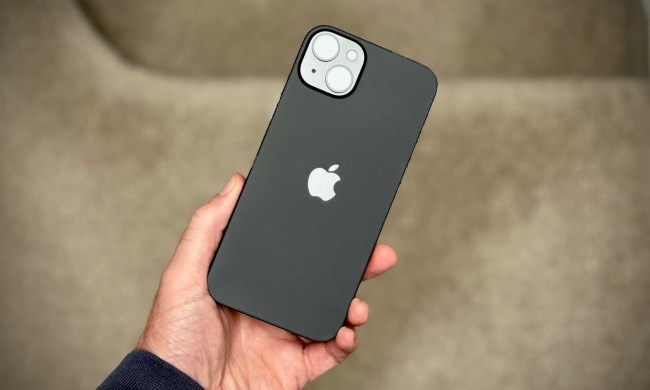That task of keeping people connected in similar situations has been mostly limited to long-range walkie-talkies, but now there’s a gadget that could lighten your load by replacing those devices with your smartphone.
Beartooth is a small rectangular device that connects to your smartphone via an app, and once connected, it can communicate with other Beartooth users in range. It has a five-mile line-of-sight radius for voice and 10 miles for text. It also has a two-mile non-line-of sight radius for voice with four miles for text. NLOS refers to obstructions to a radio transmission, such trees, buildings, or mountains.

Once connected via Bluetooth, Beartooth offers push-to-talk services with individuals or groups, and the same for text messaging, while also giving confirmation when your message is delivered. You’ll also be able to share your location with your friends, and you can also find them on a map in real-time through the app.
“You’re seeing this trend of new technologies being re-sized, re-costed for smartphones.”
Of course, one Beartooth won’t do you much good, as it can only communicate with other such devices. But the gadget’s use is not just limited to the outdoors or low-signal areas — it can be helpful in emergency situations where cell signals can go down, as co-founder of Beartooth, Michael Monaghan, tells Digital Trends.
“I was [in New York] for a couple of big events, power outages, I was there for 9/11 and in all those cases the cell networks went down, so [Beartooth] would have been a way to continue to communicate,” Monaghan said.
The company demoed an early prototype of Beartooth that acted like a smartphone case back in 2014, and it was a part of the development process to create the current version.
“You’re seeing this trend of new technologies being re-sized, re-costed for smartphones,” Monaghan said. “We’re part of a trend of taking much more expensive, much bulkier gear that was hard to use, and making it super small, super cost-effective, and super intuitive because of the interface.”
Beartooth also provides access to offline maps and doubles as a battery pack with a 3,000mAh capacity. It can last for four days before requiring a charge, but if you use it to charge your device, you may be able to recharge your smartphone once and still get a remaining day of usage out of Beartooth (depends on the smartphone). It charges via a USB Type-C port.
The Montana-based company kicked off a crowdfunding campaign that ends in less than two weeks. If you pre-order during the campaign, you’ll get a Beartooth for $100, and two for $150. Once the product launches, each Beartooth will be priced at $300.
Beartooth will work with iOS and Android devices, and it will be shipping later in 2016.


